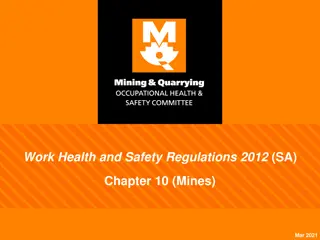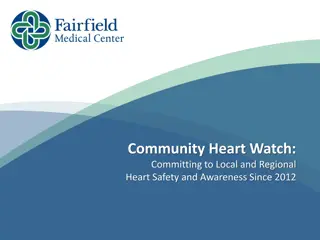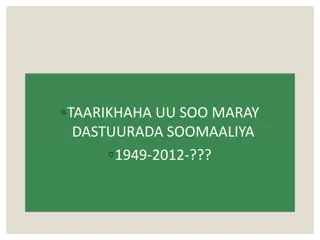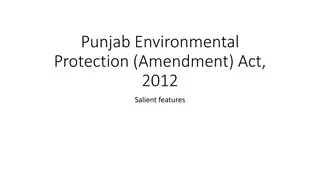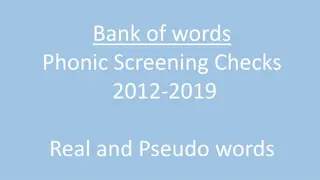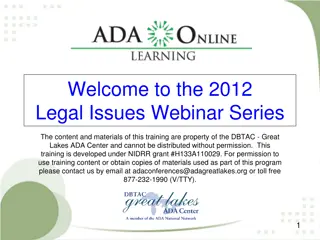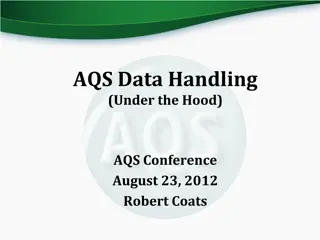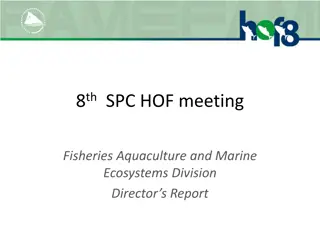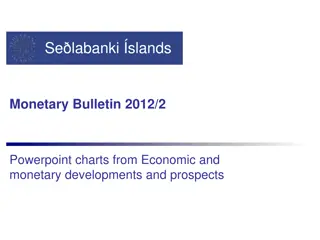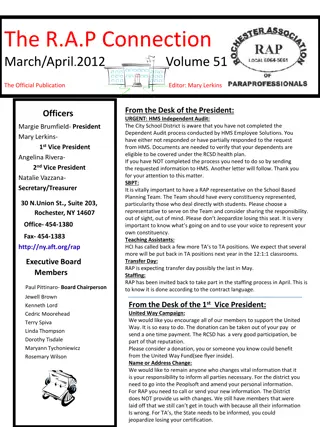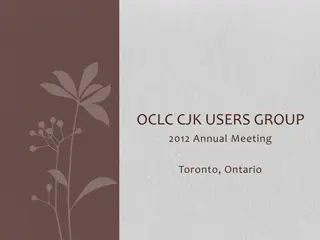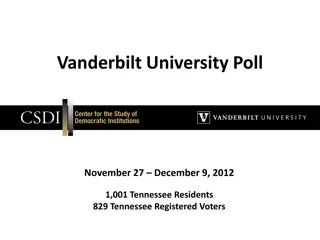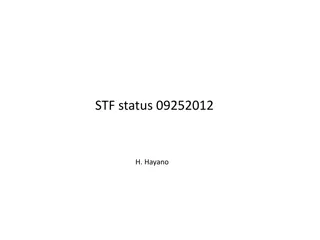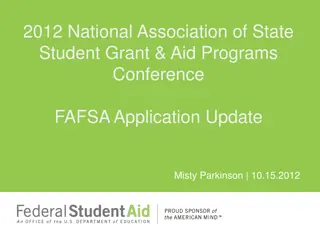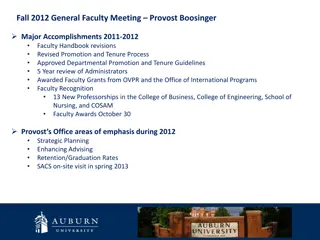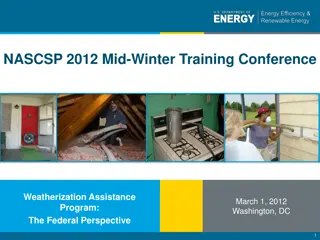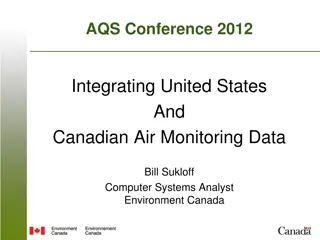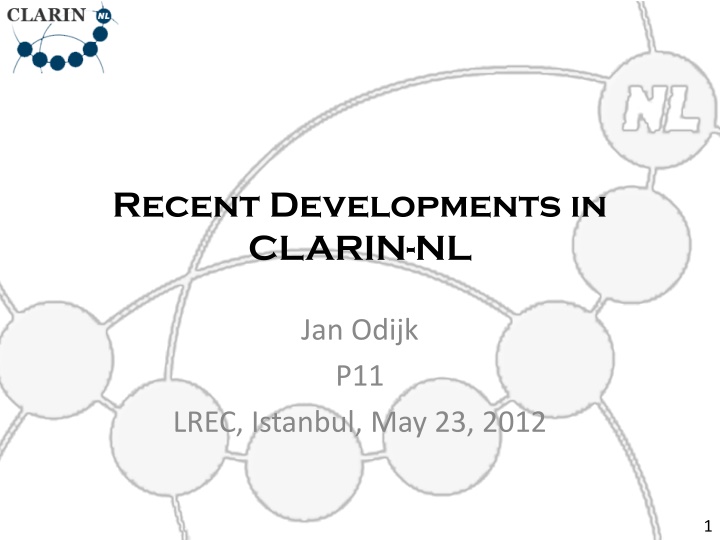
Recent Developments in CLARIN-NL: Overview and Recommendations
Explore the recent developments and recommendations in CLARIN-NL, including organizing national activities, implementing technical infrastructure, resource curation projects, and ensuring user involvement. Discover the importance of open and closed calls, dedicated virtual teams for specific topics, increasing access to relevant data, sustainability, and integrating infrastructure pieces for user visibility.
Download Presentation

Please find below an Image/Link to download the presentation.
The content on the website is provided AS IS for your information and personal use only. It may not be sold, licensed, or shared on other websites without obtaining consent from the author. If you encounter any issues during the download, it is possible that the publisher has removed the file from their server.
You are allowed to download the files provided on this website for personal or commercial use, subject to the condition that they are used lawfully. All files are the property of their respective owners.
The content on the website is provided AS IS for your information and personal use only. It may not be sold, licensed, or shared on other websites without obtaining consent from the author.
E N D
Presentation Transcript
Recent Developments in CLARIN-NL Jan Odijk P11 LREC, Istanbul, May 23, 2012 1
Overview Recommendations [3-5] CLARIN Infrastructure [6-8] Recent Developments in CLARIN-NL [9-14] About CLARIN-NL [15-16] 2
Recommendations Organize national CLARIN activities as mix between project and programme Implementation technical infrastructure as a tightly structured project with selected experts [9, 10] Resource curation and demonstrator projects via calls [11, 12] Best way to ensure realization of the infrastructure and involvement of the targeted users Require that the targeted users be a partner or even coordinator of data curation / demonstrator projects [11, 12] 3
Recommendations Organize open calls but also closed calls to ensure a proper distribution over various disciplines [12] Set up dedicated virtual centres / teams for specific topics Semantic interoperability [see paper] Metadata [see paper] Data curation [13] Reserve funds for cooperation with other national CLARIN projects [see paper] 4
Recommendations Increase access to relevant data and sustainability by involving existing libraries, archives, data centres [14] Initiate a project to integrate all individual pieces of the infrastructure [10] To test their compatibility To identify gaps To create visibility to the user community 5
CLARIN Infrastructure An technical research infrastructure in which a humanities researcher who works with language-related resources Can find all data relevant for the research Can find all tools relevant for the research Can apply the tools to the data without any technical background or ad-hoc adaptations Can store data resulting from the research Can store tools resulting from the research via one portal 6
CLARIN Infrastructure An technical research infrastructure in which a humanities researcher who works with language-related resources Can find all data relevant for the research Can find all tools relevant for the research Can apply the tools to the data without any technical background or ad-hoc adaptations Can store data resulting from the research Can store tools resulting from the research via one portal 7
CLARIN Infrastructure Visibility of Resources through metadata in metadata registries that offer browsing, searching and selection functionality Accessibility of Resources through CLARIN Centres Reliably referable through persistent identifiers Interoperability of Resources by using standard formats and explicit semantics Processing via web services in a work flow running on dedicated centres 8
Recent Developments Implementation of basic infrastructure functionality setting up authentication and authorizations systems several registries (e.g. ISOCAT, RELCAT, Metadata Registry) various other infrastructure services Search Facilities In resource descriptions (`metadata ) Centralized after metadata harvesting In the data themselves Via federated search Vocabulary Service Use multiple vocabulary services (next to ISOCAT) through one interface Facilitate fuzzy matching 9
Recent Developments Integration Integrate all isolated pieces and resources Make them accessible through a single portal Using Web services in Workflow systems Cooperation with Flanders Based on work done in the STEVIN-programme (as a severe test for interoperability) 10
Recent Developments Resource curation projects Curate an existing resource Demonstrator projects Curate an existing tool and supply a demonstration scenario In both Apply standards and best practices Use the suggested CLARIN architecture In order to understand their limitations #subprojects: 30, 9 just started in 2012 11
Recent Developments Resource Curation and Demonstrator projects Awarded after open calls Evaluated for quality and in competition Or selected via closed calls On invitation only Evaluated for quality but not in competition Three Calls have been issued Fourth Call (2012) is being prepared Call mechanism is an excellent way to involve new players from the targeted users (humanities researchers) 12
Recent Developments Data Curation Service Offers the service of curating existing data Where curation includes Documentation, Visibility, Referability, Accessibility, Long Term Preservation, Interoperability See dedicated presentation in Workshop W121 Challenges in the Management of Large Corpora (Tuesday, May 22) 13
Recent Developments CLARIN Data Providers Existing centres Make data available as part of their core mission Of great importance to humanities researchers Examples Royal Library, Institute for Sound and Vision, National Archive, Digital Library for the Dutch Literature, university libraries, etc. Are now working to make part of their collection available in the CLARIN infrastructure 14
CLARIN-NL (1) CLARIN-NL National project in the Netherlands 2009-2015 Budget: 9.01 m euro Funding by NWO (National Roadmap Large Scale Infrastructures) Coordinated by Utrecht University 26 partners (universities, royal academy institutes, independent institutes, libraries, etc.) 15
CLARIN-NL (2) Dutch National contribution to the Europe-wide CLARIN infrastructure Prepared by CLARIN preparatory project (2008-2011) Also coordinated by Utrecht University From Dec 2011 to be coordinated by the CLARIN-ERIC ERIC: a legal entity at the European level specifically for research infrastructures 16



